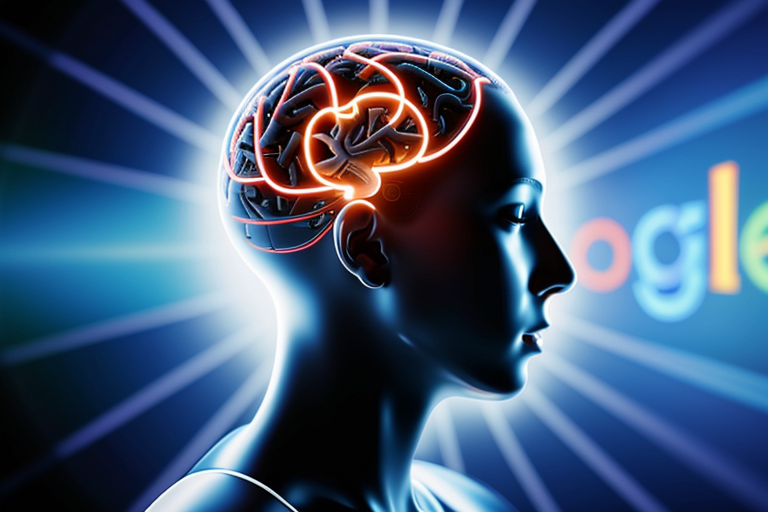Google Ads is about to revolutionize the advertising industry with its innovative AI ads feature. This groundbreaking development will empower marketers to create ads on a large scale, using artificial intelligence (AI) to improve performance and experimentation.
Google Ads’ Performance Max (PMax) allows advertisers to maintain control while using AI to generate ads. There are safeguards in place to prevent inappropriate suggestions, so businesses can enhance their existing assets and those generated by AI through the integrated image editing feature in Google Ads.
From early 2024, all Google Ads accounts can access the Google Ads asset library for image editing, giving businesses more flexibility and creative control. This speeds up the creative review process and allows advertisers to make real-time adjustments to their campaigns.
PMax relies on generative AI, which helps advertisers achieve fast results, reduce costs, and explore different creative directions instantly. By using prompts in the platform, marketers can easily create high-quality image assets and compelling ad copy in seconds.
To address authenticity concerns, Google discreetly adds watermarks to AI-generated images using SynthID. This ensures transparency and integrity by clearly indicating that the images are AI-generated.
PMax uses performance data to suggest assets for campaigns, ensuring optimal performance across all Google inventory and formats. This data-driven approach helps advertisers maximize their budgets and achieve their desired outcomes.
AI-generated ads are particularly beneficial for businesses with limited creative resources. The prompts provided by PMax help these businesses overcome creative barriers and create high-quality assets that resonate with their target audience. This levels the playing field for smaller advertisers competing with larger brands.
Throughout the implementation of AI-generated ads, Google prioritizes advertisers’ control over their campaigns. Advertisers have the final say in selecting which assets to use, ensuring that any AI-generated images are unique and tailored to their brand or client. This customization allows advertisers to maintain their brand identity and deliver targeted messages to their desired market.
To streamline the creative review process, Google is developing shareable previews for all assets, including AI-generated ones. This feature enables collaboration and feedback, allowing stakeholders to provide input and make necessary adjustments before launching campaigns.
Google AI guarantees that each advertisement is unique and stands out from the competition by never creating identical images. This commitment ensures a diverse and engaging advertising landscape for users.
Google plans to introduce these new AI features in Performance Max for all U.S. advertisers by the end of the year, marking a significant milestone in the evolution of digital advertising. By leveraging AI technology, Google Ads transforms how marketers create and manage their advertising campaigns, leading to improved performance and business growth.
In conclusion, Google Ads’ AI-generated ads offer a game-changing opportunity for marketers to scale their advertising efforts like never before. With the ability to create high-quality images and compelling ad copy, businesses of all sizes can now compete equally and achieve better performance. By harnessing the power of AI, Google propels the advertising industry into the future, empowering marketers to reach new levels of success. The future of advertising is here, powered by Google Ads’ AI-generated ads.











